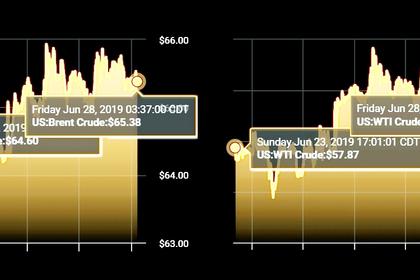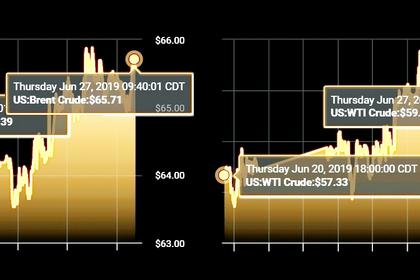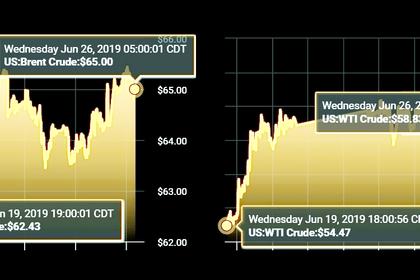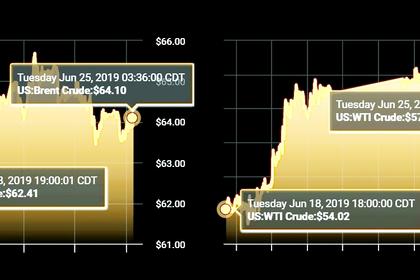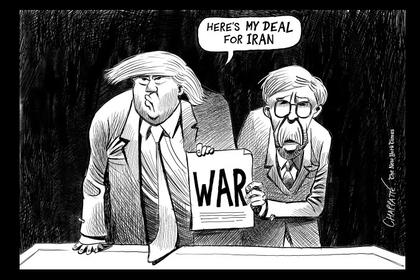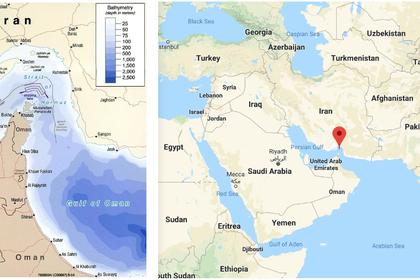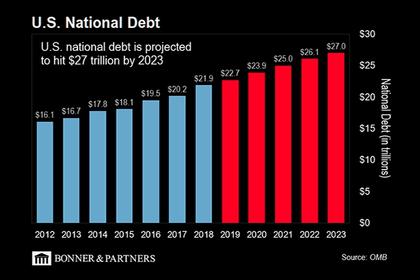
OIL PRICE: ABOVE $66
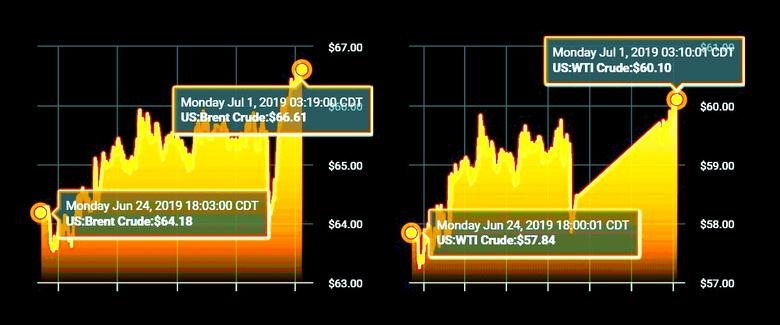
REUTERS - Oil prices rose over $2 a barrel on Monday as OPEC and its allies looked on track to extend supply cuts until at least the end of 2019 at their meeting in Vienna this week.
Front-month Brent crude futures touched an intraday high of $66.75 a barrel and were up $1.80 at $66.54 a barrel by 0834 GMT.
U.S. crude futures for August climbed $1.57 to $60.04 a barrel, after earlier hitting their highest in over five weeks at $60.28.
Iran - under U.S. sanctions alongside OPEC ally Venezuela - on Monday joined top producers Saudi Arabia, Iraq and Russia in supporting a policy aimed at propping up the price of crude amid a weakening global economy.
The Organization of the Petroleum Exporting Countries, Russia and other producers, an alliance known as OPEC+, meet on Monday and Tuesday to discuss supply cuts. The group has been reducing oil output since 2017 to prevent prices from sliding amid a weakening global economy and soaring U.S. production.
Russian President Vladimir Putin said on Sunday he had agreed with Saudi Arabia to extend existing output cuts of 1.2 million barrels per day (bpd) by six to nine months.
Saudi Energy Minister Khalid al-Falih said the deal would most likely be extended by nine months and no deeper reductions were needed.
"If Russia, Saudi Arabia and the other key OPEC members keep production at the levels they produced in H1-19 they will ensure that the global oil market is not flowing over. They will only have to pay a small restraint while reaping a nice oil price of $60-70 a barrel," said SEB's Bjarne Schieldrop.
"OPEC as a whole is losing market share. But this burden is not evenly distributed as it is Venezuela and Iran who are taking almost all the pain."
Oil prices have come under renewed pressure in recent months from rising U.S. supplies and a slowing global economy.
U.S. crude oil output in April rose to a fresh monthly record of 12.16 million bpd, according to the U.S. Energy Information Administration, even though shale production growth likely peaked last year.
Meanwhile, financial markets were buoyed by a thawing of U.S.-China relations after leaders of the world's two largest economies agreed on Saturday to restart trade talks.
However, Citi analysts viewed the announcements as a temporary truce to de-escalate the trade and tariff war, and were skeptical that both sides can reach a deal soon.
-----
Earlier:
